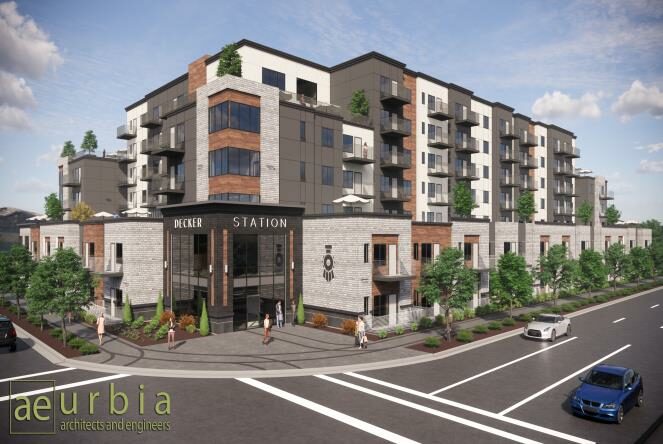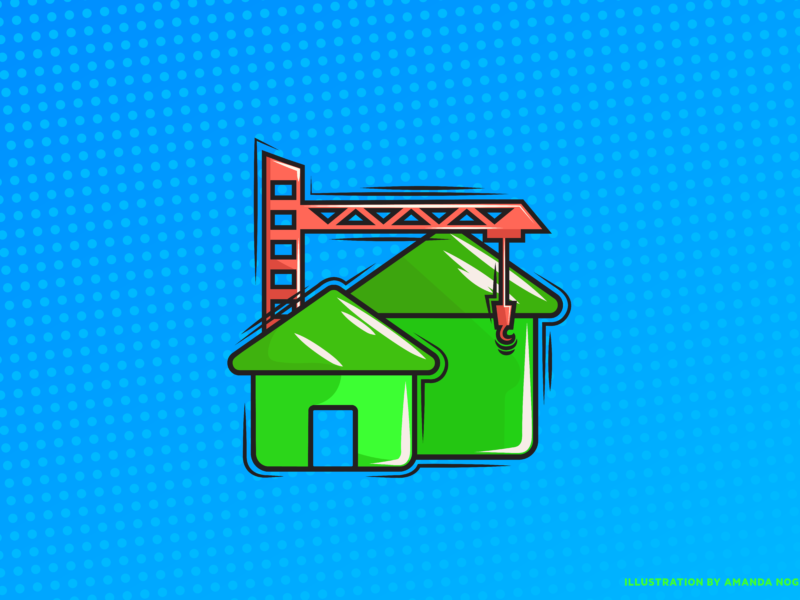Commercial Real Estate Professionals Optimistic, but see Room to Grow for Utah
Salt Lake City—A group of nearly 20 commercial real estate professionals met to discuss the state of the industry on Tuesday morning at Utah Business’ annual industry roundtable. Most were cautiously optimistic regarding Utah’s continued success following the strength of the last year—2015 was a banner year for commercial real estate, and the success of the industry in the past few years have helped promote Utah on the national stage.
“We look at this past year, and the younger people in our business, I keep telling them that this isn’t the way the world works. This past year has been unbelievable in terms of development opportunity,” said Jake Boyer, president and CEO of The Boyer Company. “We have finished or are under construction on 1.2 million square feet in Draper and about 400,000 square feet in Lehi—and that’s just this year. In my career, I’ve never seen anything [like this.] I hope the momentum continues, but I don’t see that continuing at that pace. But I think we’re going to chug along at a good pace.”
“I think these are historic times. We’re seeing 3.6 million square feet under construction right now, and when people ask us whether we’re observing an overheated market or a bubble, I have to honestly inform them that the majority of that space is pre-leased and already absorbed,” added Brandon Fugal, chairman for Coldwell Banker Commercial. “It’s an interesting dynamic in a market with record construction and even some of the first significant speculative development in a long time. We’re seeing increased positive absorption and exciting activity and growth, and it’s not all attributed to technology. It’s from a diverse range of industries, which is encouraging.”
Ironically, part of the caution roundtable attendees see in potential investors is due to Utah’s low unemployment rate—something Boyer referred to as “good problems to have.” Still, companies looking to expand (and thus buy more office space) have to consider what talent is available to them before they pull the trigger.
“Clients looking to add 200 people, 300 people in this market—do we have the labor to fill all these millions of square feet that we’ve built?” asked Jim Balderson, managing director at JLL.
“Local companies are able to attract the employees,” added Dana Baird, executive director at Cushman & Wakefield/Commerce, “but it’s the national tenants that are coming in and they’re getting scared and saying no.”
Furthermore, Utah’s usual selling points—its high quality of life with unparalleled natural vistas, outdoor recreation and world-class skiing—don’t mean much for some entering the market, especially those considering warehouses and space for industrial use, according to Kyle S. Roberts, principal and executive VP-Industrial at Newmark Grubb ACRES.
“By and large, your typical tenant…is not going to be swayed by being 30 minutes away from ski slopes and world class mountain biking,” he said. “It doesn’t matter.”
Still, the Utah market’s low operating costs and relative affordability versus gateway cities make for an attractive destination. “We do, thankfully, have a very compelling story to tell in order to recruit tenants to this market,” said Fugal. “The big story the last two years is that Utah has joined the national stage in a big way. We are on every site selector’s radar. That hasn’t been the case in decades past—even after the Olympics, it was still difficult for Utah to rise to the top of a site selector’s list. But now? We’re fortunate, but our biggest concerns are our unemployment. You look at operating costs—we’re about $7 a square foot annually, give or take. People outside of this market are astonished. They’re accustomed to double-digits per square foot. They’re accustomed to $10-12 per square foot.”
Melissa Clyne, NAIOP executive director, moderated the discussion. Read the full Commercial Real Estate Roundtable in the May issue of Utah Business magazine.





